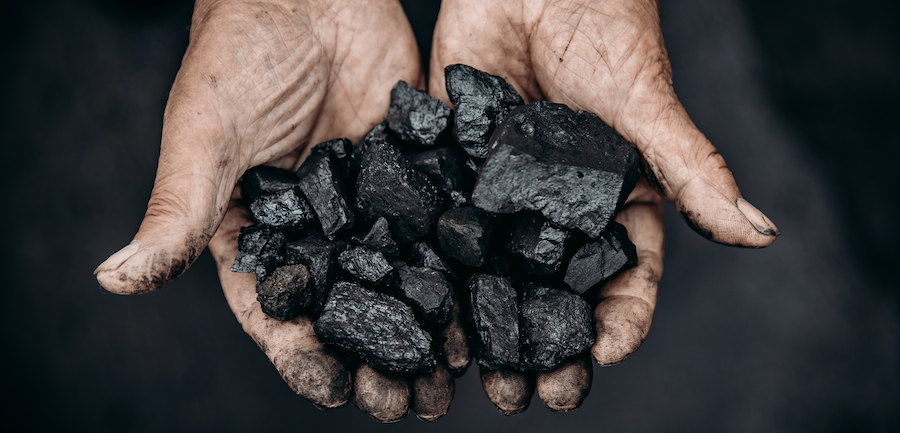
Is electricity generation from fossil fuels becoming a thing of the past? The numbers certainly make it look that way.
The latest edition of the Department for Energy Security and Net Zero Energy Trends report is out, making great reading for the UK renewables sector. Covering the last quarter of 2024, the report proclaims record after record. In this article, we’ll share some of the metrics that matter most, and explain how they back up the UK’s position as a world renewables leader.
The news
The headline story from the Q4 2024 Energy Trends report is that electricity generation from fossil fuels has dropped to its lowest levels since the 1950s. During this quarter, 31.5% of electricity came from fossil fuels, down 5.2 percentage points.
At the same time, renewable generation rose to achieve a record share of 50.8%. This made 2024 the first complete year when renewable generation exceeded 50%. It’s a huge milestone. But that’s not all. Here are some more eye-catching facts from the report.
- Power generation from fossil fuels in the UK fell 16% in 2024
- Gas generation remains the biggest single source of electricity generation at 30.3%, but this number fell by 15% in 2024
- Coal generation reduced by 50% with the closure of the UK’s last coal-fired power station in September 2024
- Demand for gas rose, but is lower compared to the years between 2017 and 2021
- Renewable generation rose by 6.5% to achieve a record-high proportion. Wind, solar and bioenergy all increased their share
- Bioenergy generation increased by 18% in 2024
Moreover, a separate report showed that carbon emissions in the UK fell by 4% in 2024, 54% below the 1990 emissions level that the government uses to benchmark climate change targets.
Why?
The improvement in the UK’s energy landscape is being driven by a combination of reduced demand, strong renewable performance, and smarter use of imports.
Households appear to be gradually returning to standard usage patterns, but demand still hasn’t fully rebounded to previous levels. At the same time, the energy system has become better at managing supply and demand, reducing overall strain and limiting the need for fossil-fuel-based generation.
The growth of renewables is the cornerstone of this transition. Wind, solar, and bioenergy have all stepped up, delivering more power and gaining ground as reliable sources. Investments in infrastructure and technology mean renewables are increasingly able to carry a larger share of the load, even under challenging conditions. The stability of nuclear power helps achieve this clean energy mix, helping the UK move decisively away from fossil fuels.
Finally, strategic imports have also played a key role. Favourable market conditions have allowed the UK to import electricity at lower costs, easing the burden on domestic generation. Gas trading has also begun to normalise following the shocks of recent global events like the Ukraine invasion, and the country is now less dependent on liquified natural gas flowing through its ports.
GB renewables plan
All in all, the UK is in a strong position to transition away from fossil fuels on an ongoing, irreversible basis.
The nation is in a great situation in many ways. Geographically, we’re a set of islands in a windy ocean, but with shallow and stable seabeds, ideal for wind farm infrastructure. We may not be the sunniest place in the world, but we see enough sun to enable viable solar energy production, provided we store and transmit this energy smartly. As the figures mentioned earlier state, we’re also beginning to harness bioenergy on a previously unseen level.
Of course, there are issues too. We currently import too much energy, and while that works when conditions are favourable, it can quickly turn dangerous when there’s a crisis. Bills are too high, and too many citizens live in energy poverty. We’re also too slow to build infrastructure. However, we are moving in the right direction – and with more planning and innovation, there’s no reason the UK can’t become the ‘energy island’ it was during the Industrial Revolution and the 1970s again.
